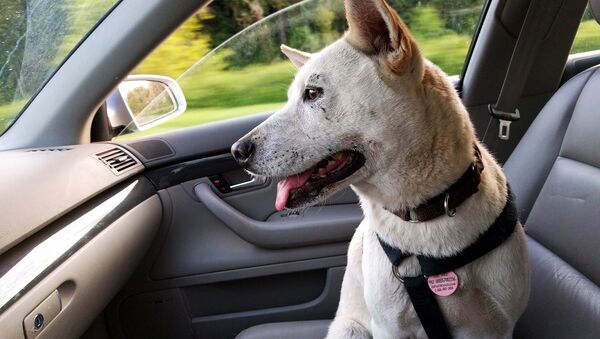According to researchers from the University of Oxford, our modern-day dogs come from two separate wolf populations, one in Asia and the other in Europe.
"Animal domestication is a rare thing and a lot of evidence is required to overturn the assumption that it happened just once in any species," Greg Larson, the lead researcher, stated in a press release.
The study examined a sample of a 4,800-year-old canine bone excavated from the Neolithic Passage Tomb in Newgrange, Ireland, and DNA acquired from 59 ancient dogs that lived between 14,000 to 3,000 years ago.
The data was then compared to more than 2,500 genetic signatures of previously studied modern pups. It was here that investigators found clear genetic differences: evidence that points to a separation that occurred many years ago between East Asian and Western Eurasian dogs. It appears that dogs were domesticated separately on either end of the continental spread.
The results further suggest that the divide actually took place after archaeological records placed the existence of dogs in Europe.
While most dogs today are a mix of Eastern and Western dogs, it’s likely that after their domestication, Asian dogs were transported to Europe thanks to migrating humans, which eventually replaced most of the earliest domestic Western pooches.
Larson believes the current lack of agreement on when and where the modern dog came from has a lot to do with the evidence itself.
"Maybe the reason there hasn’t yet been a consensus about where dogs were domesticated is because everyone has been a little bit right," he mused.
Agreeing that their conclusions remain hypothetical, the researchers are hopeful that with a combination of more genomic data and archaeological research, an ancestral tree will soon, ideally, help trace the beginnings of man’s best friend.
And then undoubtedly be peed on.


